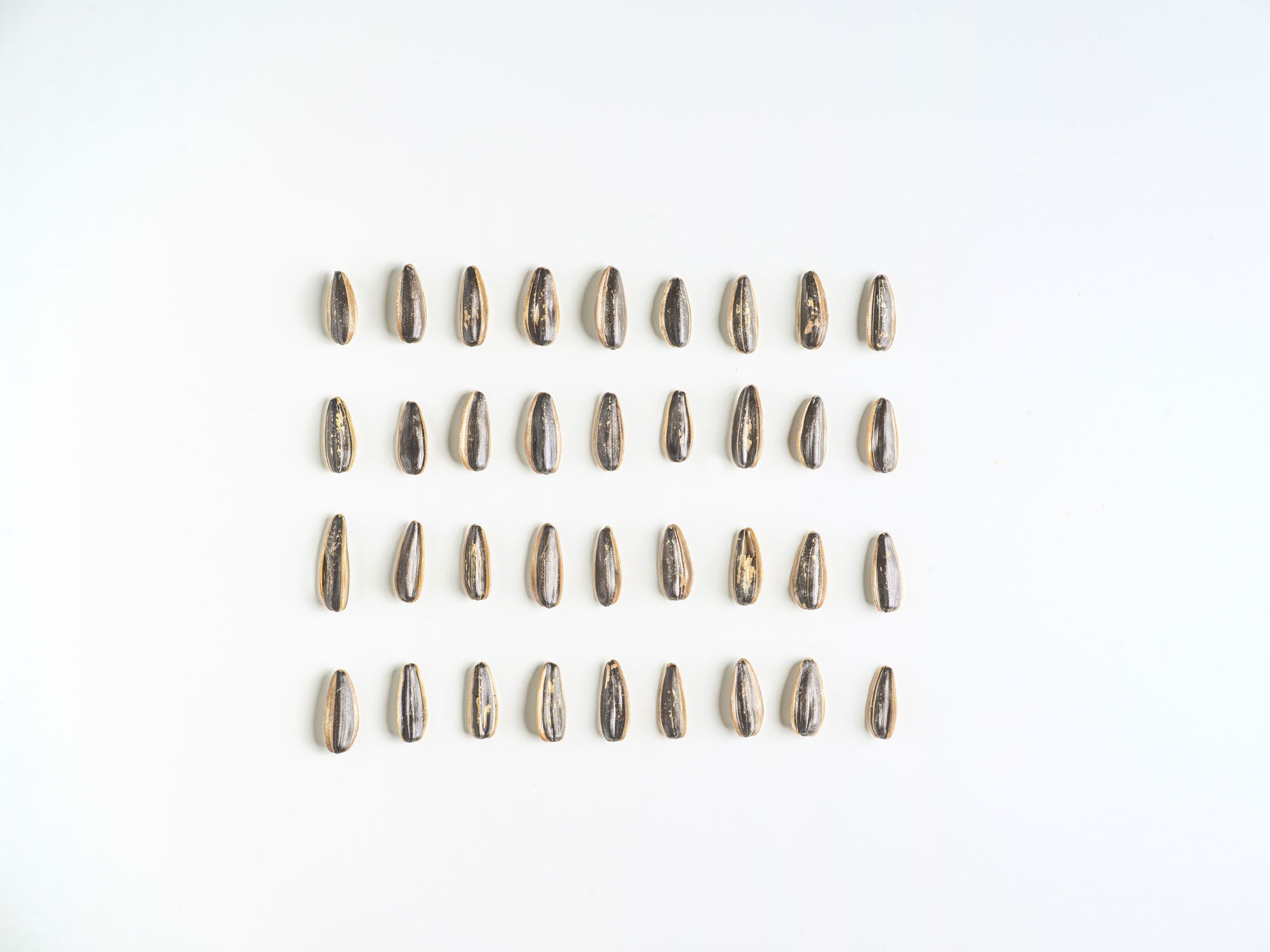What does a football night, a New Year’s Eve party, or hanging out with friends have in common? A good chance that there will be some salty snacks, which may not fill your belly, but will contribute to the good mood of the event. The real hits have been with us for decades, evoking a retro feeling. Thus, in the closing episode of our summer Büfé-series, the spotlight is on salty sticks, chips, and of course, peanuts!
Let’s face it—Hungary is a snack nation. Whether it’s our undying admiration of the Nógrádi ropi (salty sticks from Nógrád) or the high consumption per capita of sunflower seeds in the 1980s, none of us is likely to start a violent protest when we hear the above statement. Especially if we are offered some of the crunchies. The popularity of the salty treats can be attributed to several reasons: on the one hand, they offer a substitute activity, as we can do some time-killing movement while sitting still, and on the other hand, the flavors go well with beer, lemonade, or sweet, fizzy drinks, which we consume as mood boosters on certain occasions. Plus, the selection was always wide and easily accessible: if we were invited somewhere and had the time, we brought pogácsa (a Hungarian savory pastry), but it was never awkward to show up at the door with a bag of salty sticks or cheese thaler.
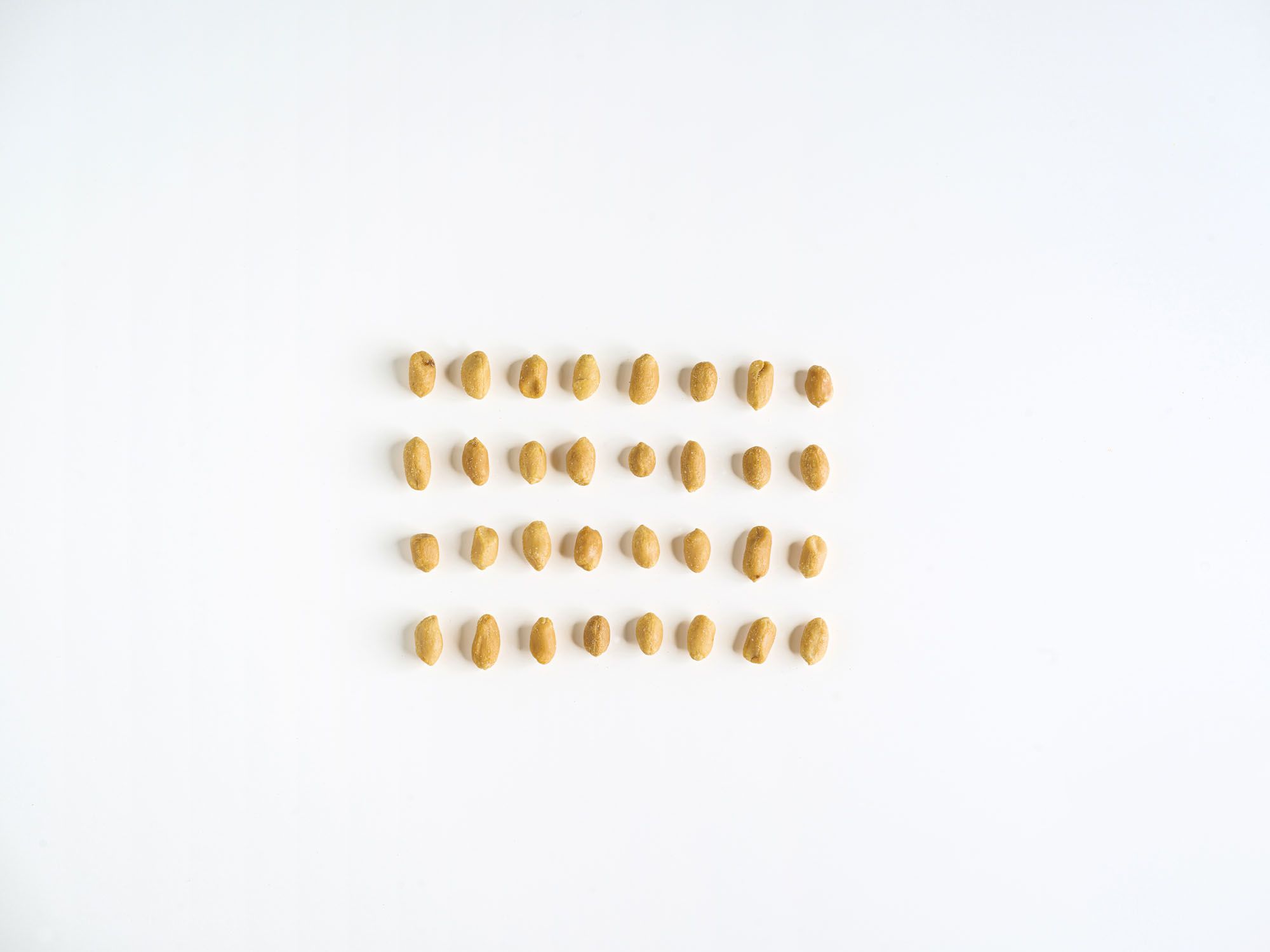
When examining the options, snacks can be divided into two groups. One is natural snacks, typically made up of oilseeds and dried fruit, and the other is mass-produced, salty, and often spicy, flour- or potato-based snacks. The first classic example is the diákcsemege (student snack)—originated from the German Studentenfutter, a mixture of raisins and almonds from the early 19th century. As it was expensive, only wealthy students could afford it, hence the name. This type has long been popular in our country too: perhaps the most exciting example is the szotyola (sunflower seeds), a real crowd-pleaser at sporting events, although it is a hassle to consume, leaving waste and involving the un-aesthetic gesture of spitting. We can’t leave out Mogyi, which has a history of success and is still in domestic ownership. The company is relatively young, founded in 1990 by two brothers, Zoltán and Imre Kenyeres. The two-man family business quickly grew to a large company, now owning five production and warehousing plants and employing 800 people, making their products available in 27 countries worldwide. It is important to them that their oilseeds or even their maize come from a reliable source, so they control the entire process from growing to packaging. Shelled sunflower seeds were introduced in 1995, followed by other seeds and the Micropop product family in 2000. Today, there are exciting hybrids to choose from, such as the spicy Mexicorn, the crunchy coated Crasssh!, Hello Nuts!, which takes you to faraway places, or Snack Mix which evokes different drinks.
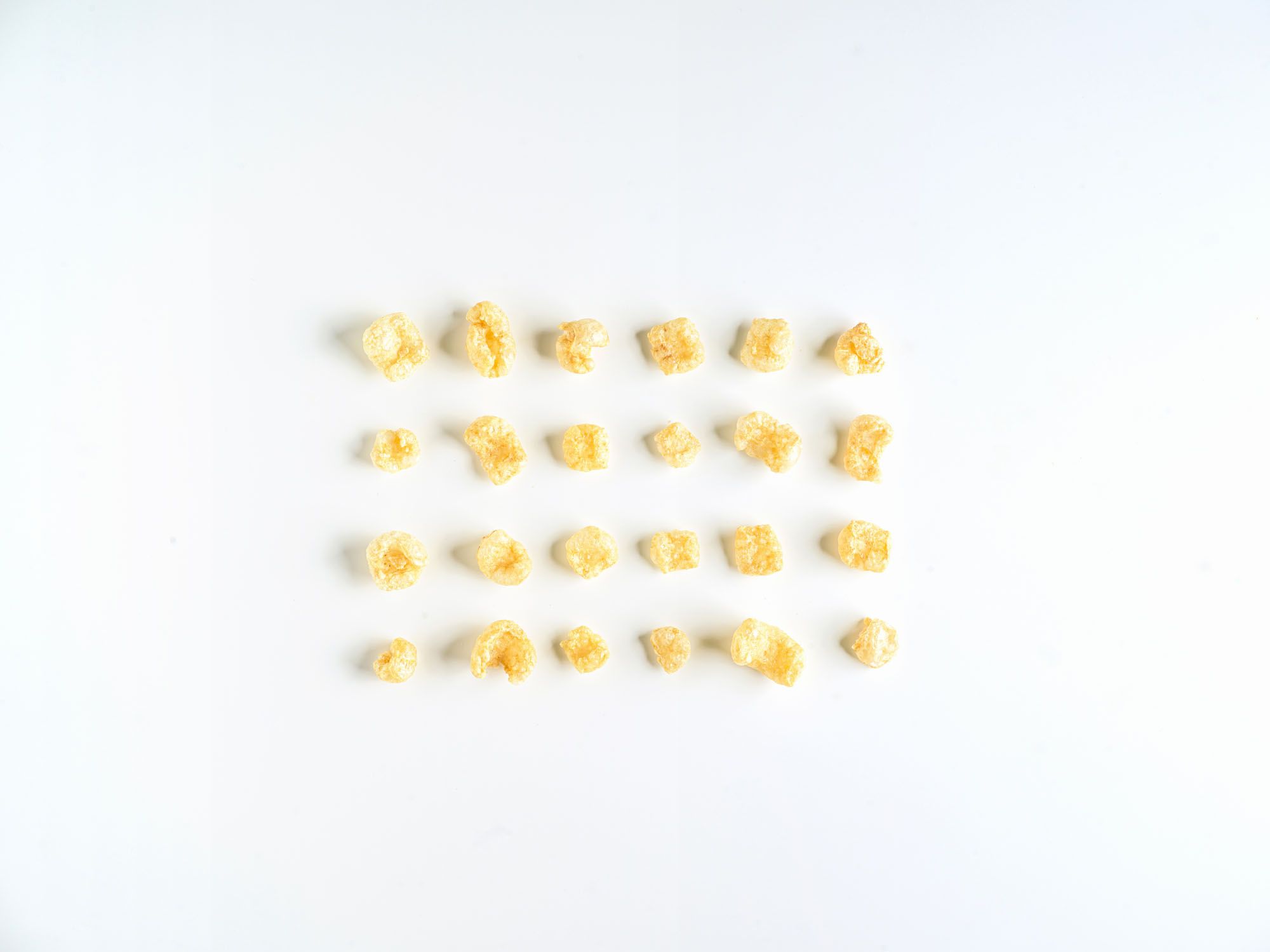
Speaking of popcorn—there is probably no snack older than popcorn. In Mexican caves and Central and South America, details have also been found in surviving depictions from pre-biblical times showing popcorn as an offering or jewel to the corn god. Later, it was also a primary food for many native North American tribes and was quickly recognized by conquistadors, and by the mid-1800s, it was the number one snack of choice. In 1885, the first popcorn-making machine was invented, which could be moved on wheels, and vendors often stopped at the entrances to the new but multiplying cinemas; that is how corn became linked with film-watching. (To such an extent that the cinema owner often contracted the vendor, using the smell of the snack to lure the public.) Neither the Great Depression, nor wars, nor changes in the political situation could break its popularity, which was even more favored by the invention of the microwavable version in 1981.
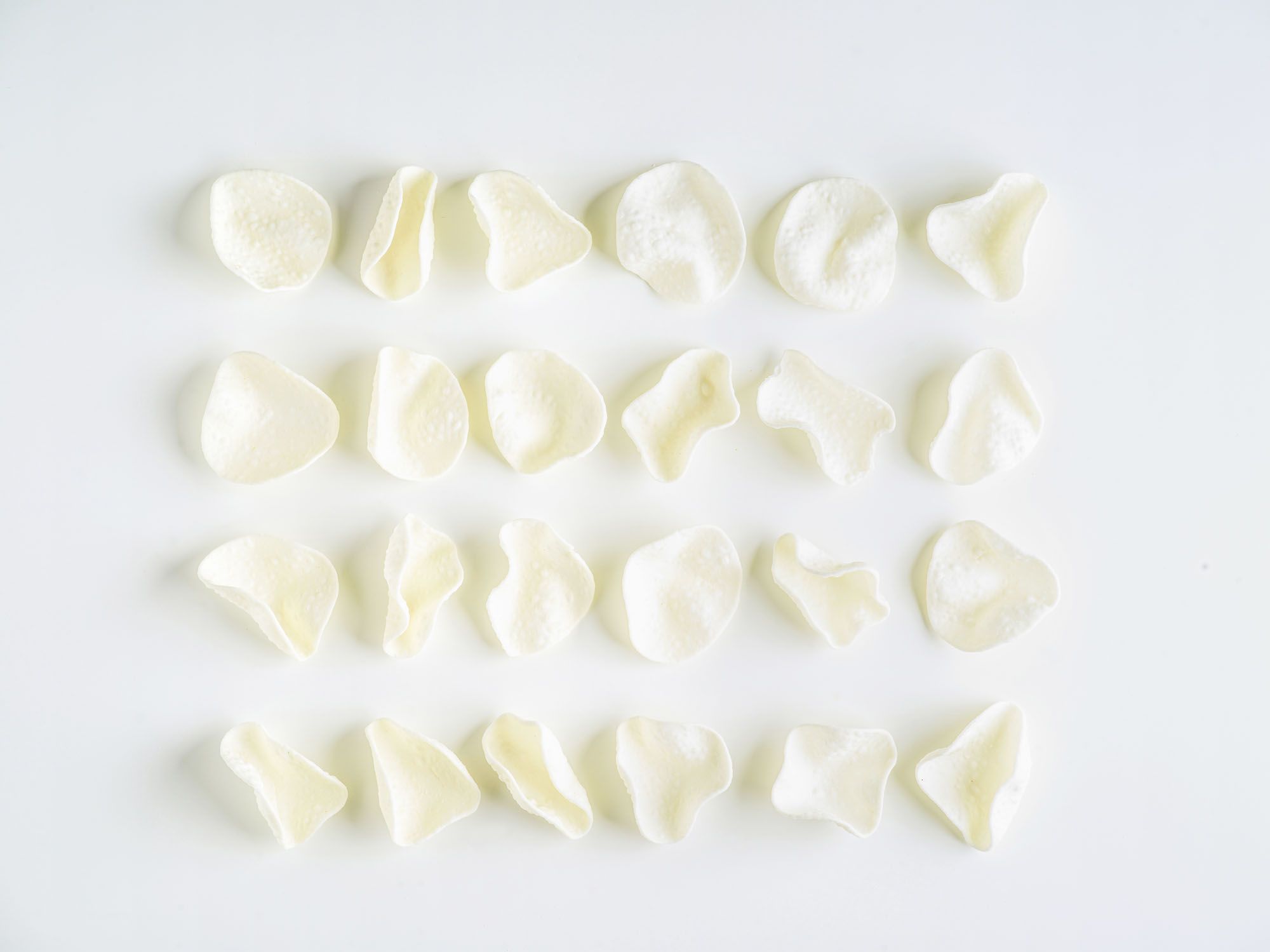
Perhaps the best known among the mass-produced commodities is the chips. Many legends revolve around its origins: one of them says that it was invented in 1858 by George Crum, who first baked it for a dissatisfied guest, Cornelius Vanderbilt, who found the potato ring served with his meal too thick. The new dish was so successful that it was available in packets from the beginning of the 20th century, and in the 1950s, flavored versions were also introduced. In Hungary, only in the 1990s did the public become familiar with them when Chio opened a domestic office and started importing snack products from abroad. Then they were followed by Wolf—the two companies merged in 1992. The pickle-salt and onion-cheese versions were the first to appear on the shelves, but now they come in various flavors, and we can even make them ourselves.
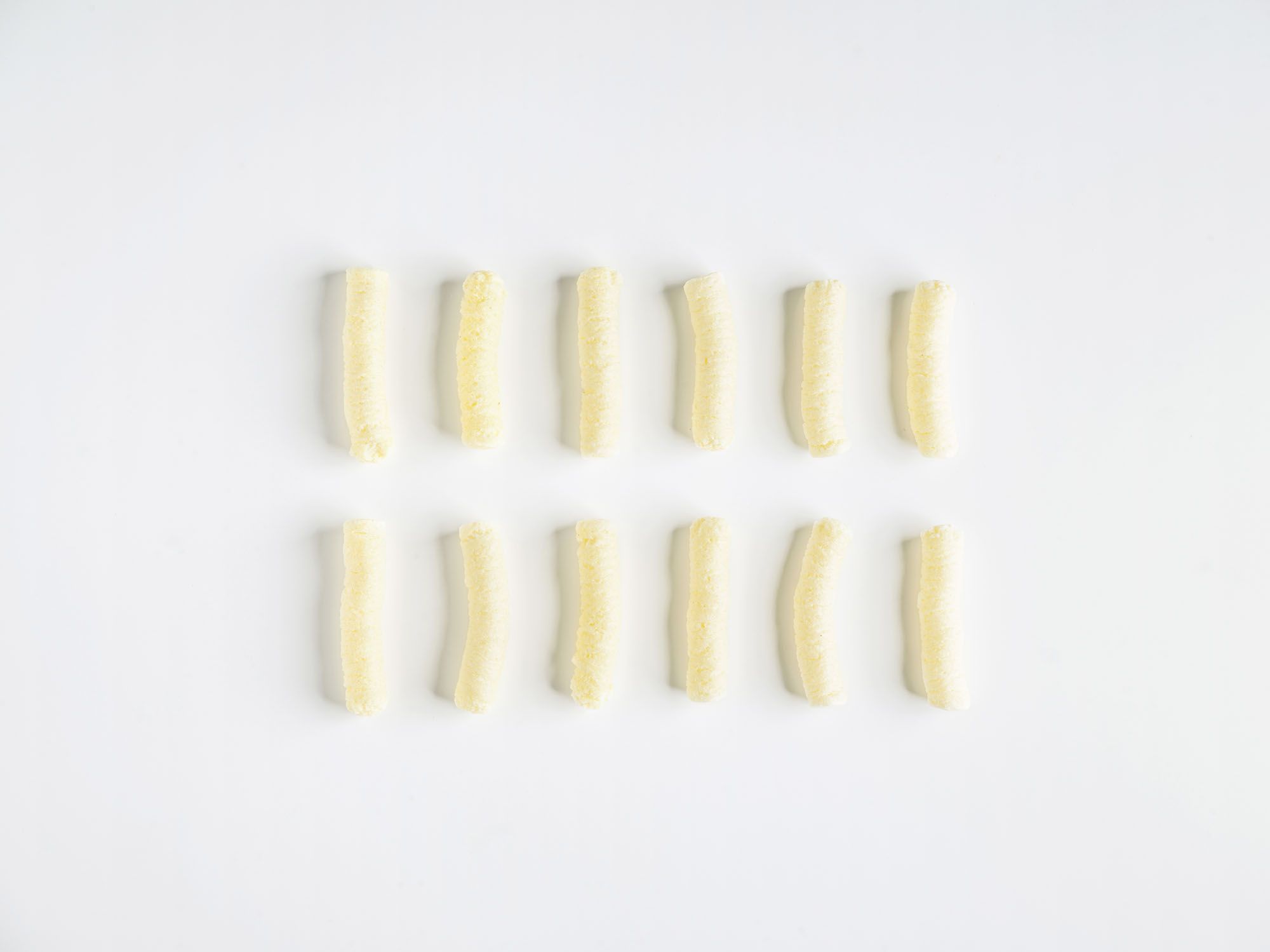
Besides potato chips, there are also earlier-born products that are region-specific. Kukoricapufi (corn puffs), or kuki as it was called back in our childhood, is an old snack whose popularity is mainly due to its easy production and cheapness, making it a hit even in socialism. The product is manufactured using a so-called extruder: a hydrothermal process where high pressure and constantly rising temperatures evaporate the moisture from the grains, causing them to puff up. This is also the case with cereals, rice waffles, and Abonett, which is more of a bread than a snack but has been made in Abony since the 1980s so that generations have been happy to munch on it (if not stuck to the roof of their mouths). An even more exciting phenomenon is the pörc (carcass), a snack made from roasted pork, which is also completely carb-free and high in protein.
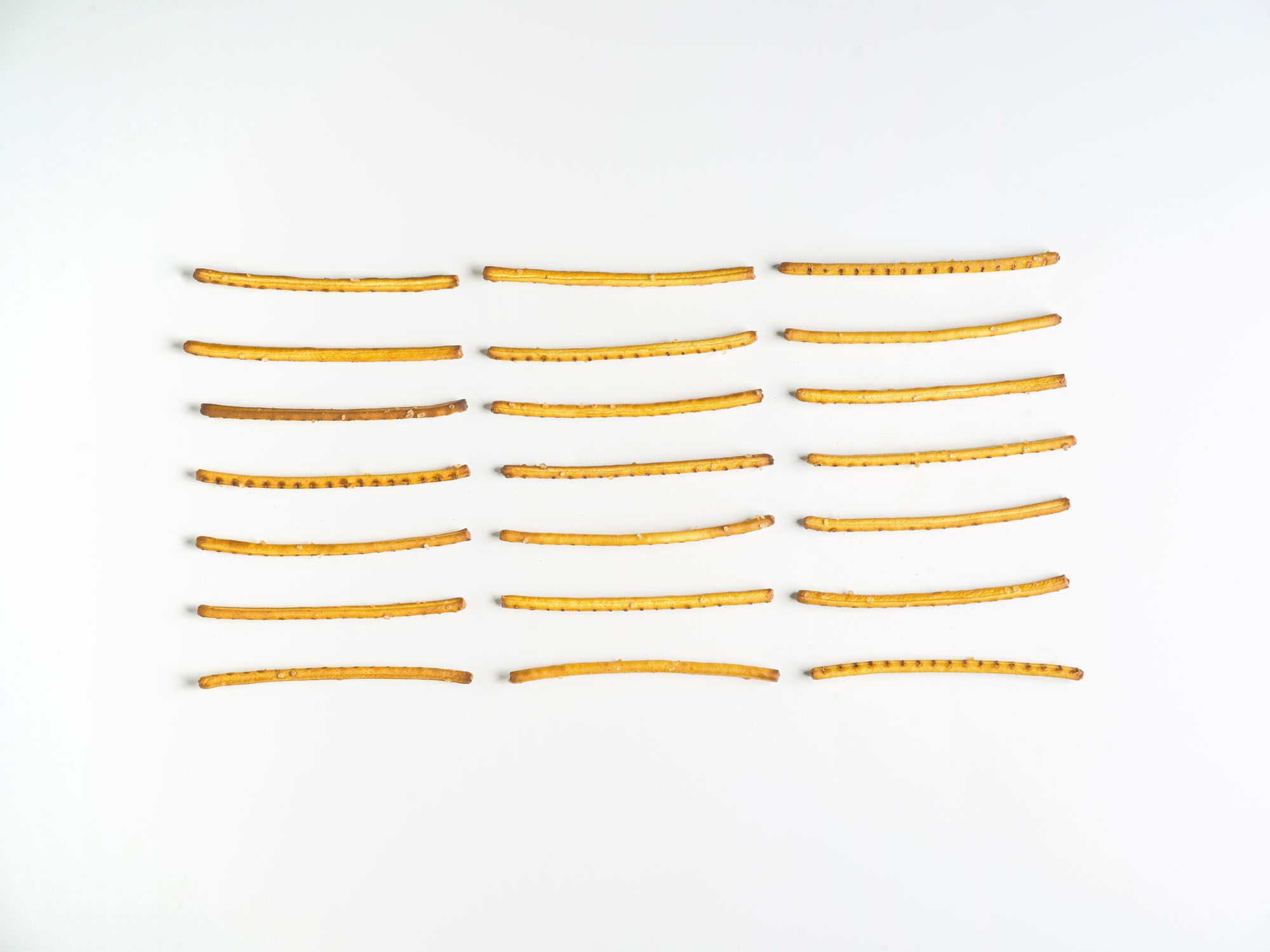
But the one that is everyone’s favorite is the Nógrádi ropi (salty sticks from Nógrád). Although many other manufacturers have tried to knock the original off its throne, no one has succeeded. Our parents loved it, we also looked for it on the shelves of the school canteen—it was cheap, sufficiently fried, not too salty and quite addictive. The origin of the salty sticks dates back to 1935 when a thin, salt-flavored lye stick called Salzletten was introduced in Germany. It appeared in Hungary in 1972 (at that time Ropi was a trademark and not a common name), when the Kalocsai Baking Company and the Nógrád ÁFÉSZ tried to imitate the product of the Sloboda factory in Eszék. Alongside them, it appeared parallel in other places, production was for a long time with Yugoslavian machines, such became the Bobi and the Pattinka, but the Nógrádi quickly moved forward. After a few years, they were already making four times extra profit, which caused a scandal in the county council and resulted in a fine. However, this did not break the success series in the long run, not even the embarrassing situation where they lost the Kiváló Áruk Fóruma (Forum of Excellent Goods) certification logo, even though they have produced millions of packages with this logo. Production has continued to this day, as the product’s popularity continues without decline (in 2018, for example, 22 million and 400 thousand packets of salty sticks have been released on sale), so we can rest assured that there will always be something to crunch on.
Photos: László Sebestyén | Web | Facebook | Instagram
Source: Wikipedia, The Spruce Eats, National Geographic, Hogyan Készül blog, Tudatos vásárló, Szeretlek Magyarország

Motto: Freedom! — Sweaters designed by our favorite creatives in the George Freedom collection

Ski slope atop Copenhagen's power plant—at risk of closure two years after opening










